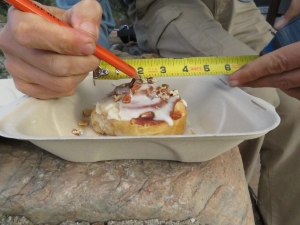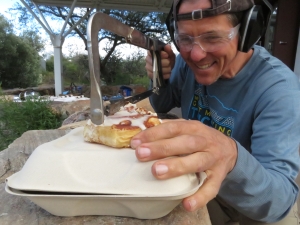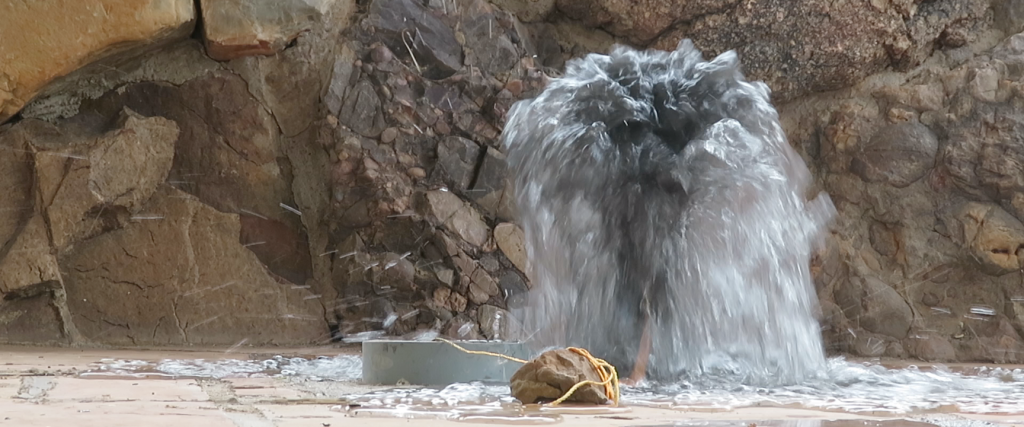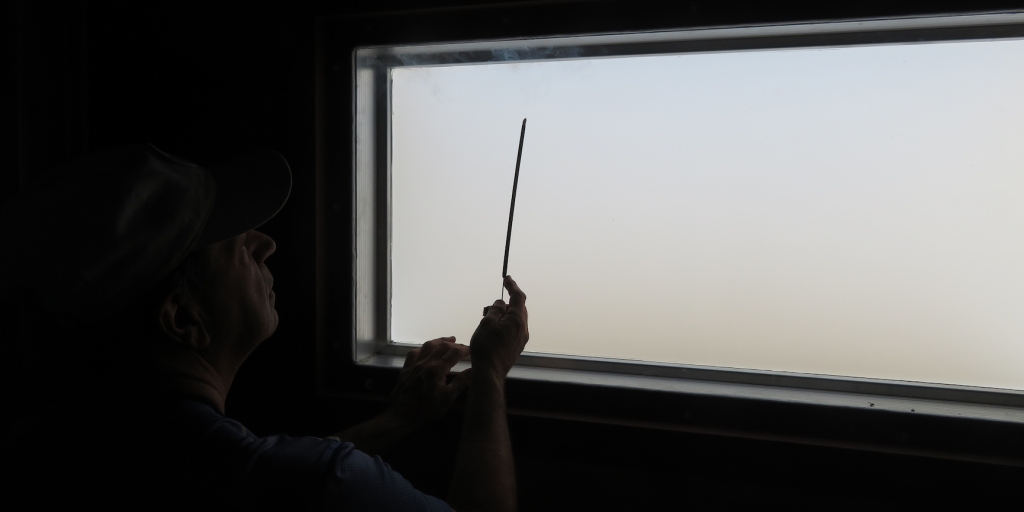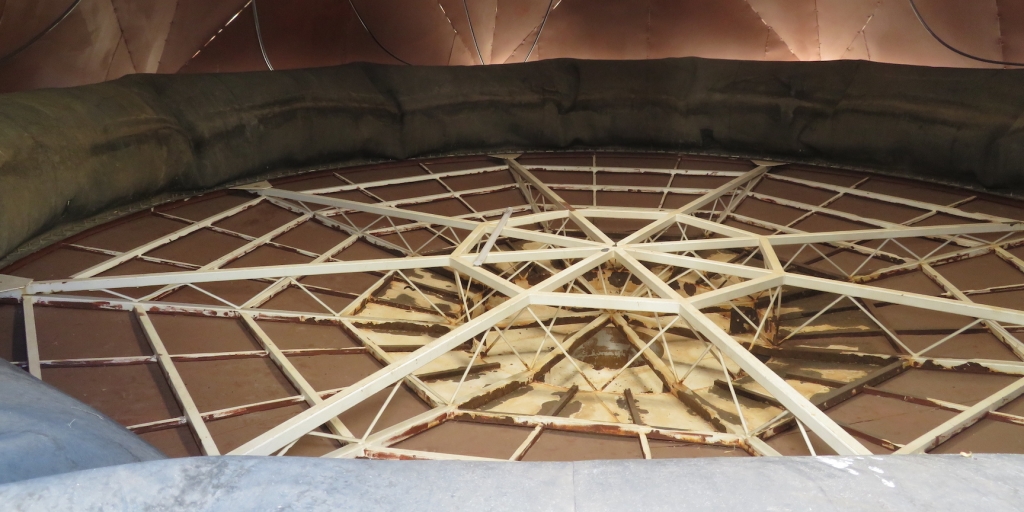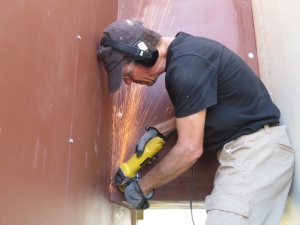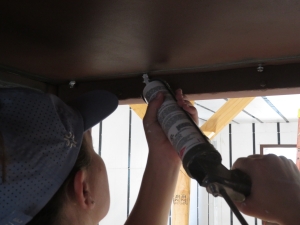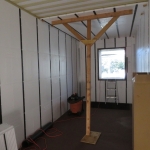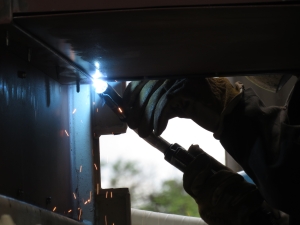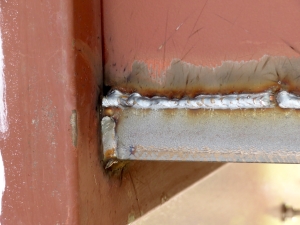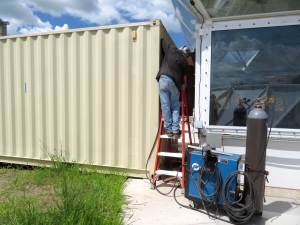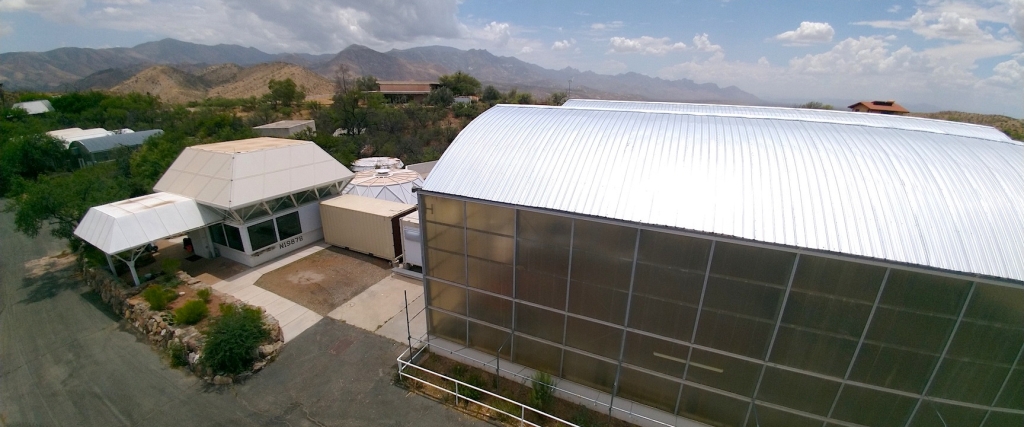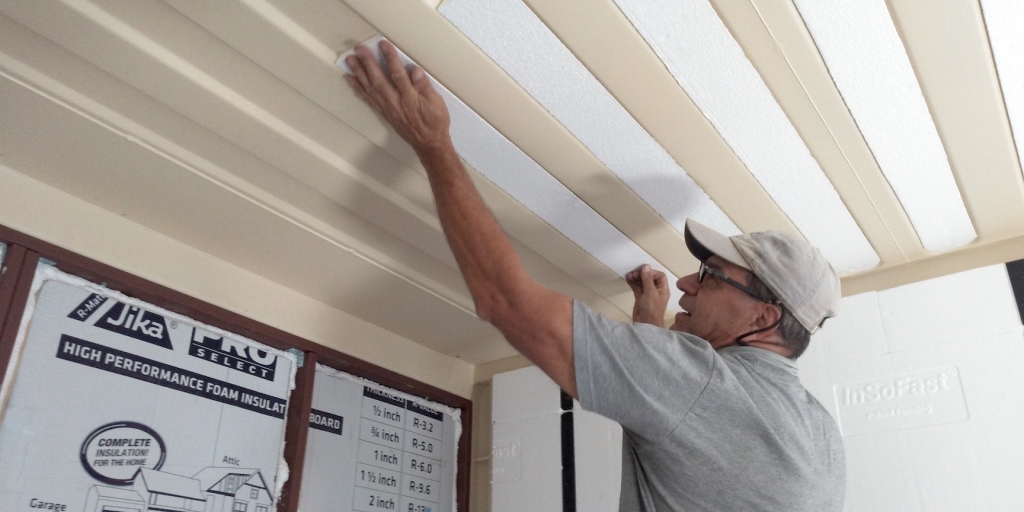Patch, seal, and test
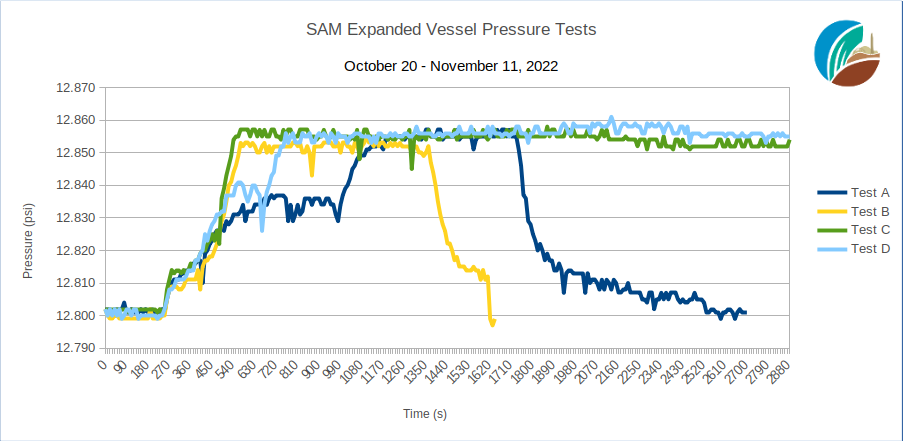
This week we welcome volunteer Bindhu Oommen, a general surgeon from Dallas, Texas. Bindhu learned of SAM during the 2022 Analog Astronaut Conference and will be returning one week each month for the foreseeable future. We appreciate her attention to detail, surgical precision (sorry, it has to be said), and willingness to travel a great distance to assist our team. While she is gaining skills in fabrication, our team is entertaining conversations about the challenges of space medicine.
As noted in a prior post, we discovered that the silicone rubber patches applied to the lung in 2021 had failed. On Wednesday we carefully measured and cut the recently obtained EPDM rubber and on Thursday John Z., Bindhu, and Kai applied the rubber patches to the lung using the same procedure as that used to repair inflatable river rafts (rubber obtained from Discount Rubber Direct and glue from NRS).
On October 20 and 21, October 25 and (after applying the new patches) on November 11 (this essay) we conducted pressure tests of the expanded vessel at SAM. These tests are a means to locate leaks, fix those we can immediate address, and improve our methods for the continued sealing of the SAM habitat analog.
It is important to note that the various dips (graph a top) are the opening and closing of valves or temporarily patching holes during the test (Mark Watney—PVC tape is far more effective than duct tape). Ultimately, we are shooting for a smooth, steep rise from the start of the blower (~4.5 minutes on graph) to the maximum pressure when the lung is free from the ground (~10 minutes). The total duration of the test is not indicative of the leaks, rather when we terminated the blower, opened valves and/or doors, and allowed the lung pan to settle again to the floor.
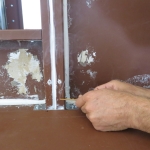 Once again, we engaged simple auditory inspection to detect the leaks, and the application of incense smoke to visually see leaks we could not hear or to confirm the exact location of those we could hear. Ezio returned as our super sleuth outside of the SAM pressure vessel and to operate the blower. He located an additional three leaks, two by listening and one by smell, which was unexpected by highly fortunate.
Once again, we engaged simple auditory inspection to detect the leaks, and the application of incense smoke to visually see leaks we could not hear or to confirm the exact location of those we could hear. Ezio returned as our super sleuth outside of the SAM pressure vessel and to operate the blower. He located an additional three leaks, two by listening and one by smell, which was unexpected by highly fortunate.


